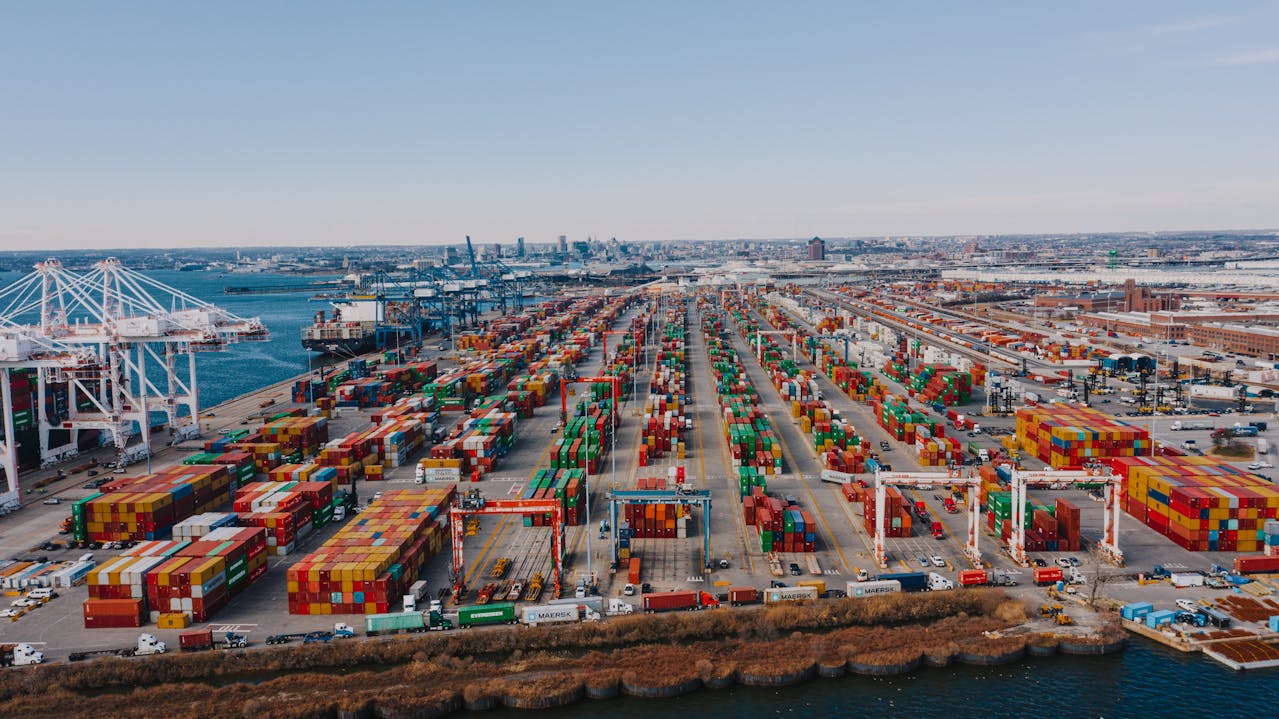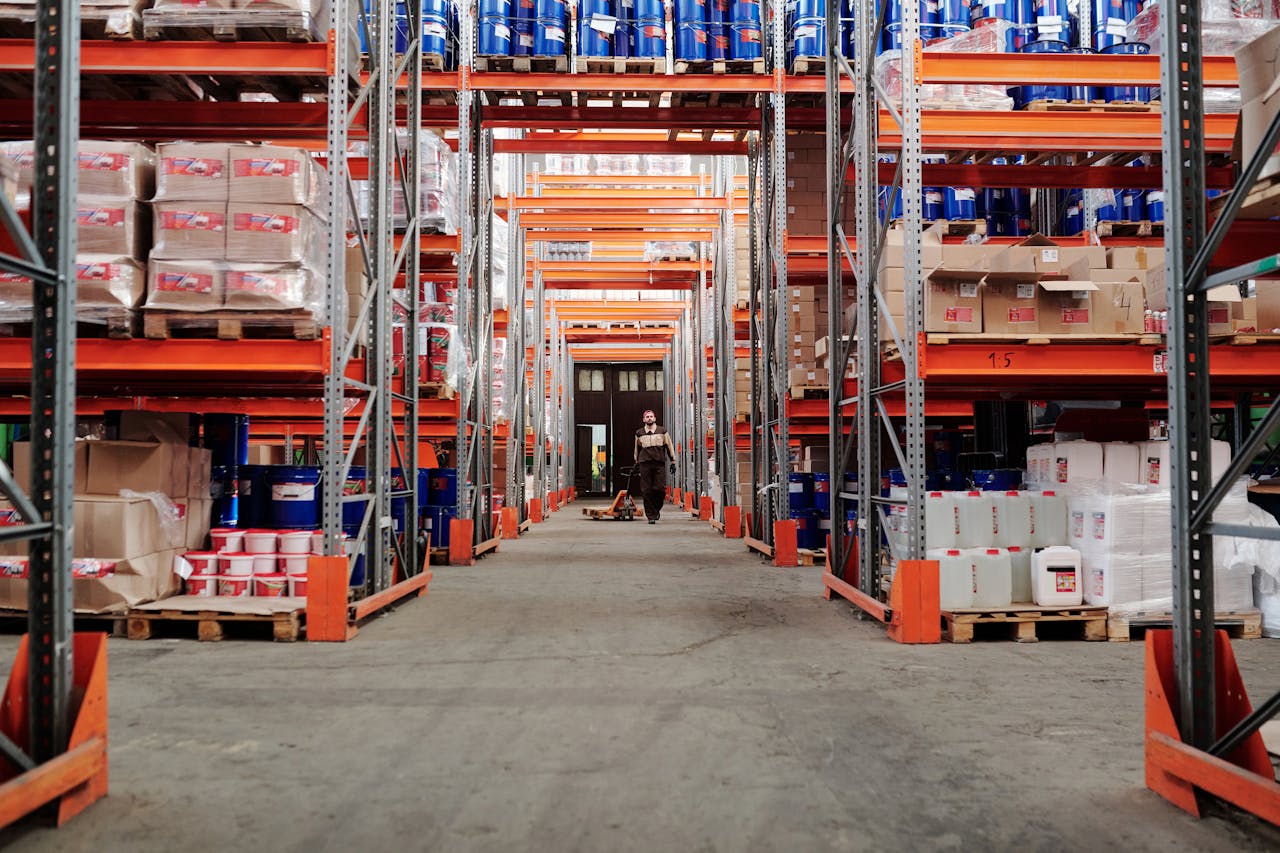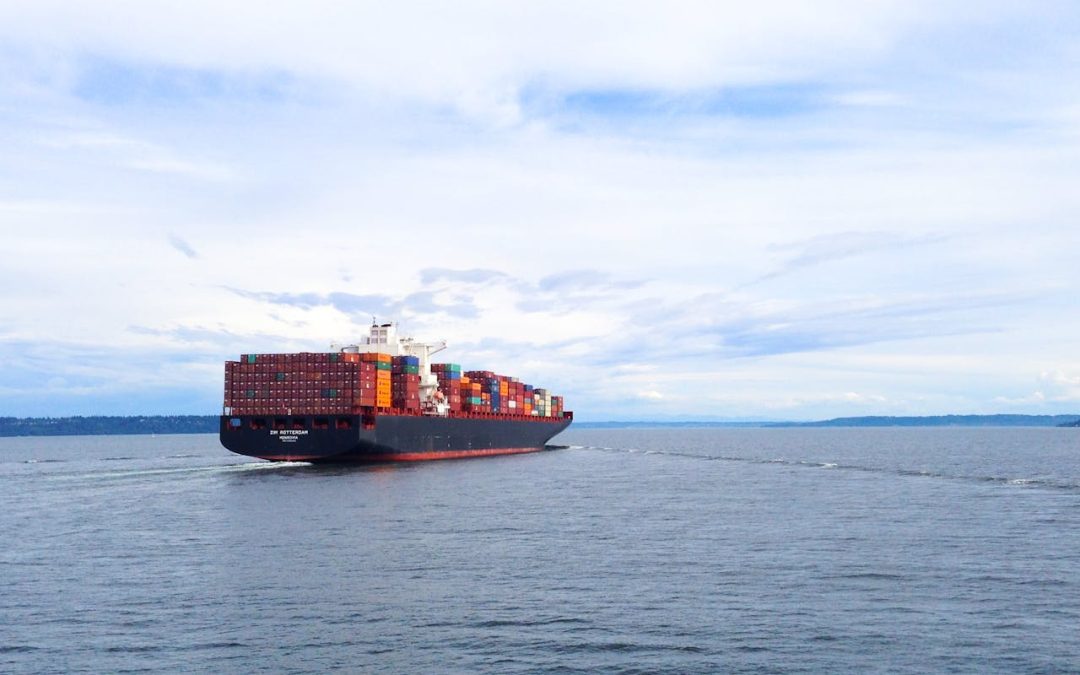How many miles did your car travel before it reached the showroom? The odometer will show zero (or very close to it), but your car has been all over the world before it gets to being your car. Not driven, of course, that odometer isn’t lying, but in terms of the parts. The steel may have come from India, microchips from China, the glass from France… all those parts were shipped and handled with precision before they became a car.
Moving goods globally is much more than just getting stuff onto a truck. We may make it look easy (and we do!), but trust us, there’s a lot going on behind the scenes…
Planning The Journey
It’s not as simple as goods going from A to B; many goods use a sequence of different transport methods – it’s called multi-modal shipping. And it’s our job to work out the plan that will take these goods from where they are to where they need to be, whether that’s shipped on the ocean, flown through the air, transported by train, or taken on the road.
Stage One – Pre-Carriage (Origin)
From the factory, where the product is manufactured, the goods are carefully packaged to protect them during transport, and documented to meet all customs regulations – those export documents are prepared by the shipper or freight forwarder.
The goods become Ex-Works (EXW), an incoterm (INternational COmmercial TERM) that means the seller is no longer responsible for the goods, and it happens as soon as they are loaded onto the departing truck at the factory.
Stage Two – Inland Haulage
Many goods will find their way to a consolidation centre, where several smaller shipments are grouped together for cost-efficiency before onward travel. This doesn’t always happen but is well worth the additional loading and unloading for the environmental and budget considerations.
Whether consolidated or not, the goods are shipped by truck on the long haul to the port city.
Stage Three – At the Port of Origin
Making sure all the export documentation is in order is part of the FF job for customs clearance. Done right, it’s a smooth handover to the customs authorities.
Terminal handing then occurs, where a shipment is unloaded from the truck and staged for loading onto the ocean vessel.
Stage Four – Ocean Freight
The vessel loading team ensure the cargo is carefully loaded onto the ship, taking into account weight distribution and all safety regulations. Once done, the ocean freighter is able to leave the port and travel the vast distance across ocean and sea. This freighter may be a container ship, a bulk carrier, or other dedicated cargo vessel.

Stage Five – Arrival at the Port of Destination
Once the ship arrives at its destination port, vessel discharge takes place where the cargo is unloaded and then moved to a designated area within the port.
Customs regulations mean more work for the FF team, which handles import customs clearance and ensures all documentation complies with the regulations of the destination country.
Stage Six – Inland Haulage
Reversing the process of stage two, the cargo is now loaded onto trucks for transport to the final destination – which is typically a warehouse, distribution centre, or retailer.
Stage Seven – Final Delivery
Looking for a door-to-door service? Some FFs offer ‘final mile’ delivery that takes the goods directly to the customer.

What’s In the Planning?
For the freight forwarder, planning all of the above is no mean feat! It’s our job to find the optimal route that takes into account the needed speed of delivery, the type of cargo, transportation cost, multiple regulations from different countries, and more. Then there’s the paperwork preparation – the documentation, from invoices, to packing lists and customs forms, must be completed with full accuracy (and some of it is pretty complex!).
Negotiations and Bookings
As freight forwarders, we work with multiple carriers to secure space and get the best rates for our clients – in fact, much of our time is spent sourcing and sealing the deals for your cargo!
Building relationships here is essential, and its our experience and established relationships with various carriers that means we get access to better rates and superior options. Friendliness is vital to get the best out of people – we’re a very friendly industry!
The Physical Movement
Our job doesn’t stop once the cargo is on the move…
Tracking and Tracing
The best modern technology is put to good use making sure we have eyes on real-time updates on the location of all our cared-for cargo.
Customs Expertise
If there’s one thing that can put the spanner in any smooth goods import or export, it’s the regulations. Our expertise in the legalities of moving goods and the ever-changing nature of regulations is essential in ensuring a streamlined process that avoids border delays.
Problem Solving
Plus it sometimes doesn’t go exactly as planned. We’re experts in dealing with any hiccups as they come up. Problem-solving is an important part of our freight management skills, and sometimes those skills are thoroughly tested when the need comes to manage difficulties and quickly find alternative solutions.
Using Millennium as Your Freight Forwarder
As can be seen, there’s a huge number of things to think about when it comes to shipping goods globally – it’s vital that businesses partner with a reliable freight forwarder who has expertise in route planning, negotiation, regulation knowledge and problem solving. Working with Millennium means you can focus on your business, relaxed with the knowledge that your shipments are in good hands. Contact us today.
…and the next time you get in your car, take a moment to think about just how far it’s travelled!

